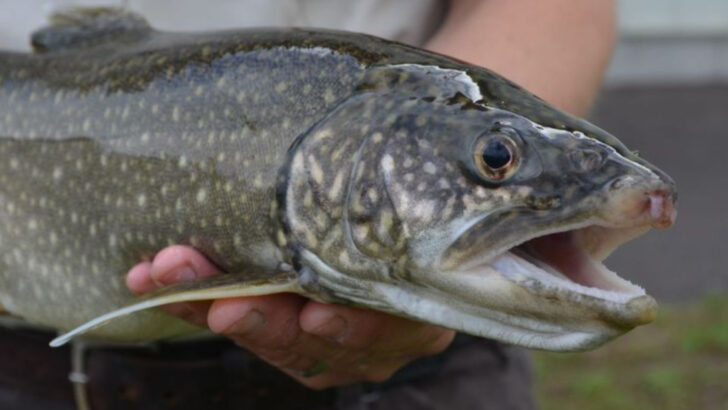Some fish don’t just survive—they stage comebacks worthy of a movie montage.
For decades, the Great Lakes were in trouble.
Pollution, overfishing, and invasive species had turned North America’s freshwater giants into battlegrounds.
Whole fish populations crashed. Some were declared lost causes.
But against all odds, the tide is turning.
Species once thought to be fading into history are flashing their fins again—bigger, stronger, and ready to reclaim their waters.
It’s not just a comeback. It’s a resurrection.
These aren’t fish tales.
They’re real stories of resilience, weird science, and the wild fighting back.
Ready to meet the 16 comeback kids of the Great Lakes?
They’ve been to the brink—and now they’re swimming home.
Lake Trout
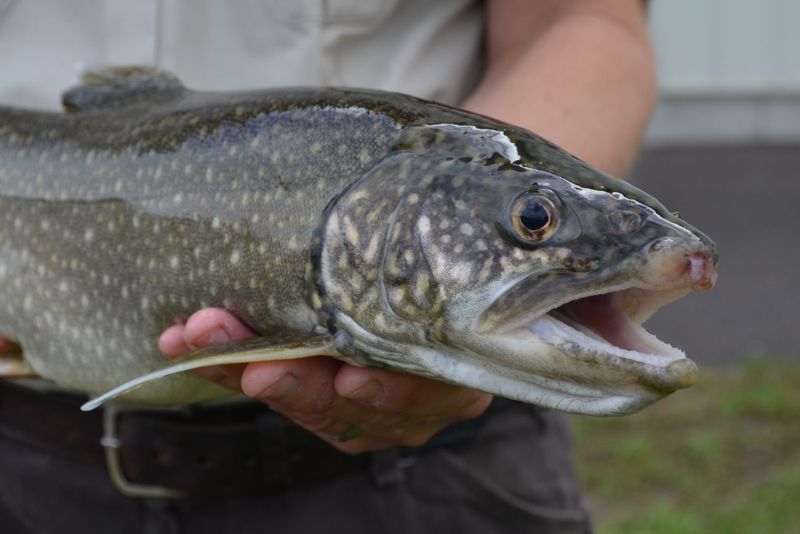
Once teetering on the brink of disappearance, the Lake Trout has made a remarkable recovery in the Great Lakes. Thanks to strategic restocking efforts and invasive species control, these majestic fish are thriving once more. Historically, Lake Trout were apex predators, maintaining the ecological balance. Recent decades saw their numbers dwindle due to overfishing and pollution. Today, conservation measures have rejuvenated their populations, offering hope for ecosystems. Lake Trout are integral to the lakes’ biodiversity. Their comeback is a testament to successful environmental restoration.
Walleye
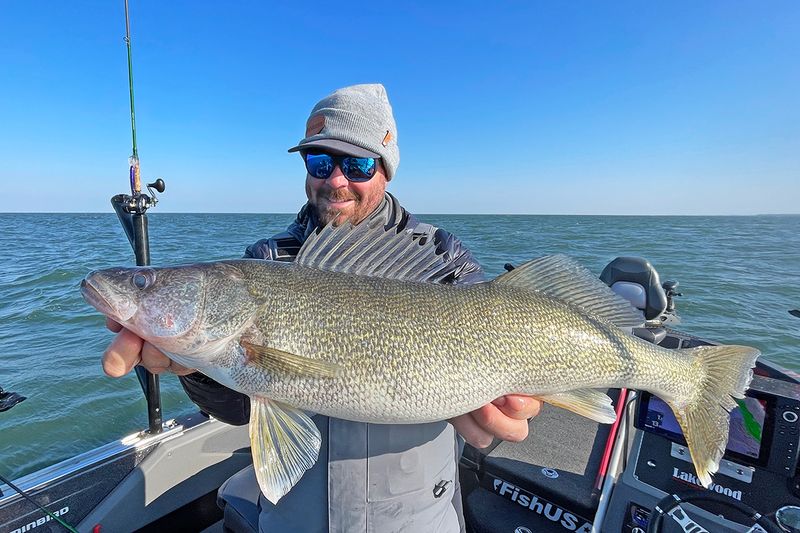
Walleye are known for their striking eyes that glow in the underwater light. Once declining, they are now flourishing due to improved spawning habitats and careful fisheries management. Walleye play a vital role in the Great Lakes’ food web, preying on smaller fish and insects. Their resurgence has brought joy to anglers and ecologists alike. These fish are often celebrated for their delicious taste and challenging catch, attracting fishing enthusiasts. Their return symbolizes a positive shift towards sustainable fishing practices and healthier aquatic environments.
Yellow Perch
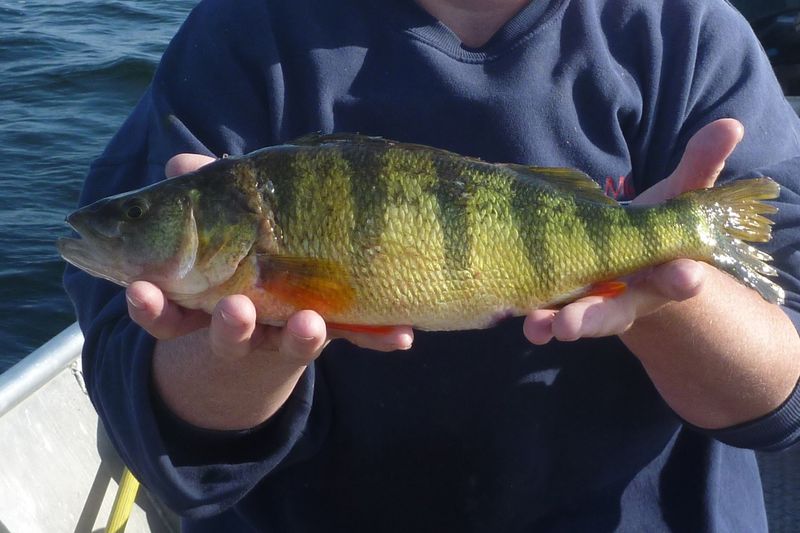
Yellow Perch are social creatures, often found in large schools. Their numbers dwindled in past decades, but recent conservation efforts have reversed this trend. Known for their bright yellow and green stripes, Yellow Perch are a favorite among anglers. These fish are important for both recreational and commercial fisheries. Pollution and habitat degradation once threatened their populations, but enhanced water quality has supported their comeback. Yellow Perch are an ecological success story, highlighting the impact of collaborative environmental stewardship.
Lake Sturgeon
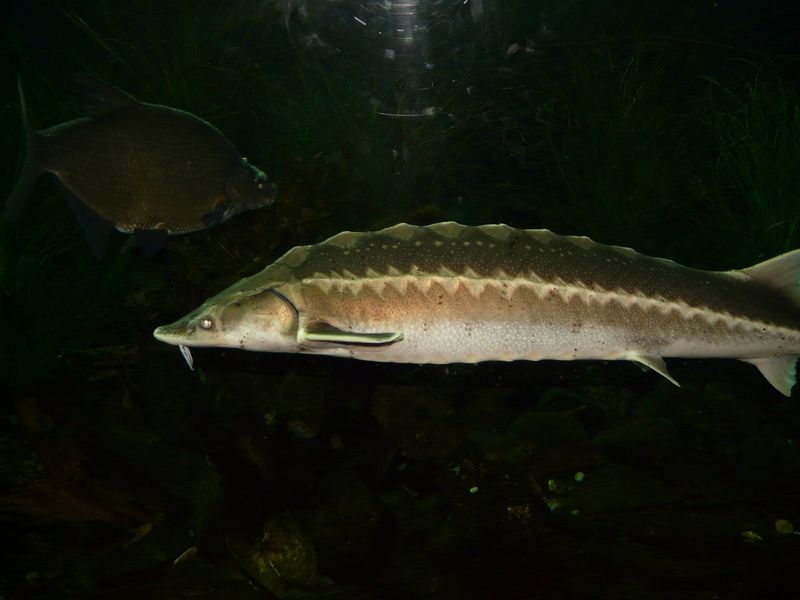
With a lineage tracing back millions of years, the Lake Sturgeon is a living fossil of the Great Lakes. Overfishing and habitat loss once pushed them towards extinction. Recent protective measures, including catch-and-release policies, have led to their gradual return. Lake Sturgeon are fascinating creatures, known for their size and longevity. These gentle giants contribute to the lakes’ ecological diversity, playing a crucial role in nutrient cycling. Their resurgence is a victory for biodiversity conservation, demonstrating the power of protective legislation and habitat restoration.
Coho Salmon
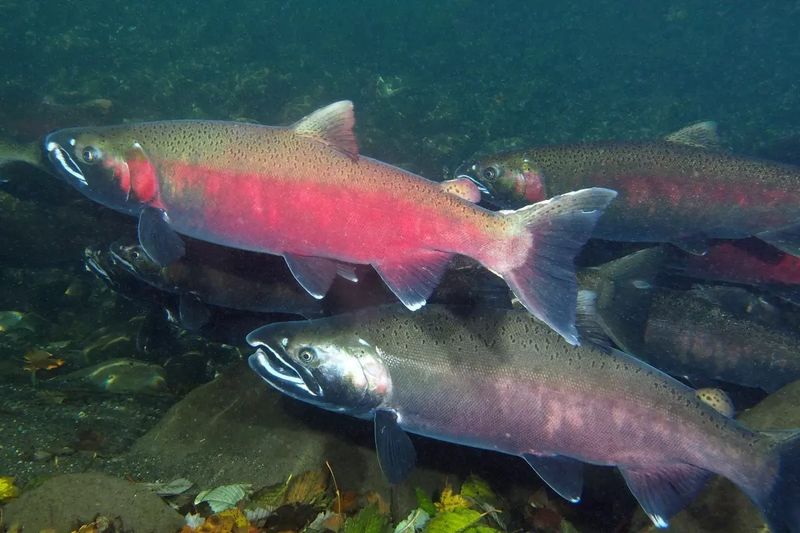
Introduced in the 1960s to control alewife populations, Coho Salmon have become a staple of the Great Lakes fisheries. These agile fish are renowned for their fighting spirit, providing thrilling challenges for anglers. Coho Salmon are anadromous, migrating from freshwater to ocean and back. Their adaptability has allowed them to thrive despite environmental changes. Conservation programs have ensured their continued presence, balancing fish populations. The story of Coho Salmon is one of adaptation and perseverance, showcasing the interconnectedness of species and ecosystems.
Brook Trout
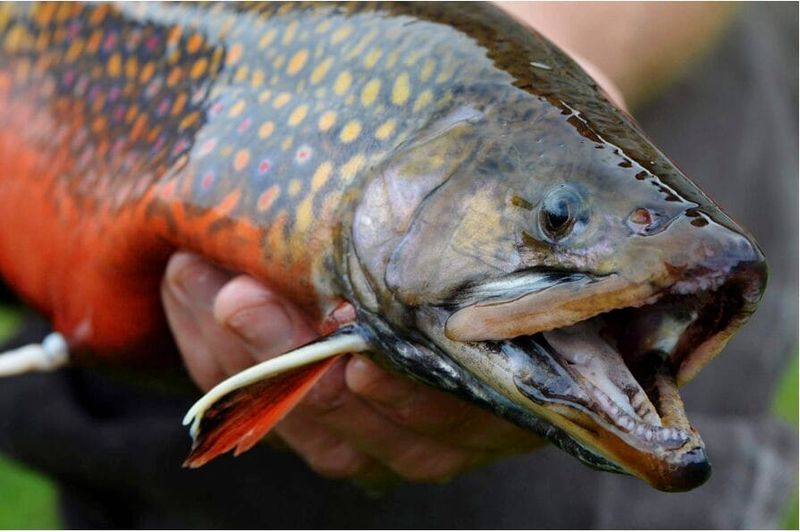
Brook Trout, with their striking marbled patterns, are native to the Great Lakes’ tributaries. Once in decline due to habitat destruction and competition, they are now rebounding. Conservationists have focused on stream restoration and controlling invasive species to aid their recovery. Brook Trout are celebrated for their ecological importance and their role in angling culture. They thrive in cold, clean waters, making them indicators of environmental health. Their return is a testament to the success of targeted conservation strategies, preserving natural heritage for future generations.
Smallmouth Bass
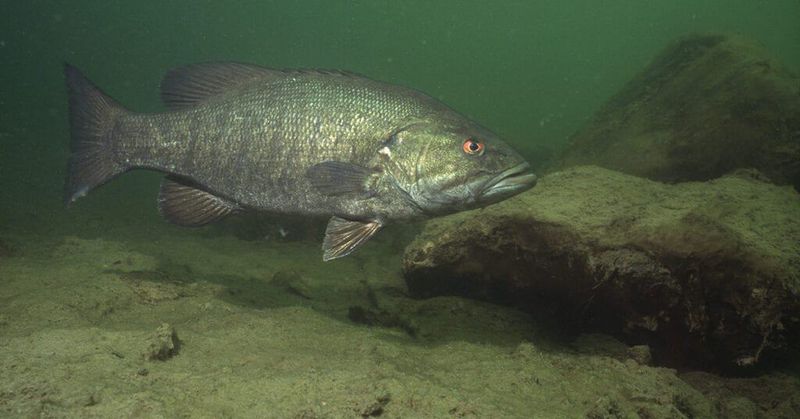
Smallmouth Bass are known for their fighting spirit and are a popular target for sport fishing. Their populations declined due to habitat loss and pollution but have since rebounded. Smallmouth Bass prefer rocky substrates and clear waters, thriving in the rejuvenated environments of the Great Lakes. These fish contribute to the ecological balance by preying on smaller fish and aquatic insects. Their comeback is attributed to habitat restoration and improved water quality, highlighting the success of environmental policies. Anglers celebrate their resurgence, reflecting successful conservation practices.
Chinook Salmon

Chinook Salmon, also known as “King Salmon,” are the largest of the Pacific salmon species introduced to the Great Lakes. They are admired for their size and strength, offering thrilling experiences for anglers. These fish have adapted well to the Great Lakes environment, despite initial challenges. Stocking programs and habitat improvements have supported their populations, ensuring their role in controlling invasive species. Chinook Salmon are a testament to adaptability and human intervention, showcasing the balance between natural ecosystems and managed fisheries.
Northern Pike
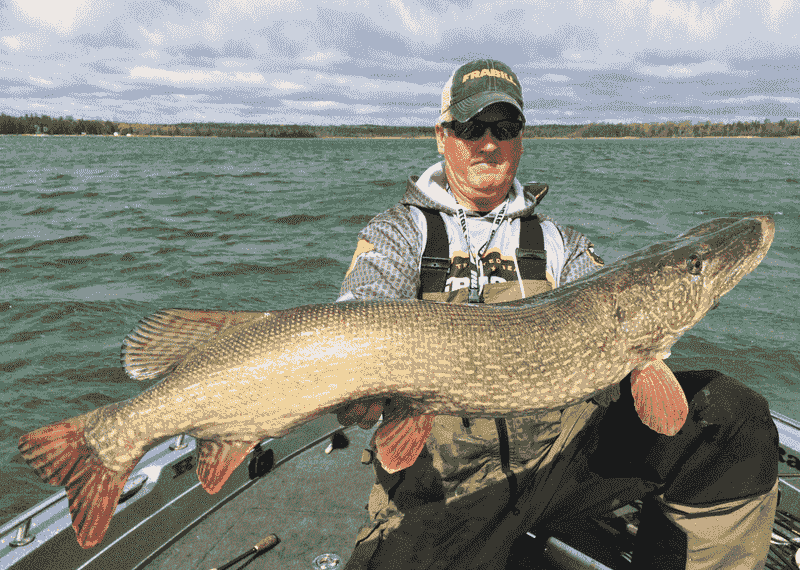
Northern Pike, with their predatory prowess, are making a resurgence in the Great Lakes. Known for their elongated bodies and sharp teeth, they are apex predators, maintaining the balance of aquatic ecosystems. Environmental degradation once threatened their populations, but restoration projects have facilitated their comeback. These fish are sought after by anglers for their challenging catch and impressive size. Northern Pike are symbols of revitalized habitats, reflecting successful conservation and management strategies aimed at restoring the lakes’ natural order.
Rainbow Trout
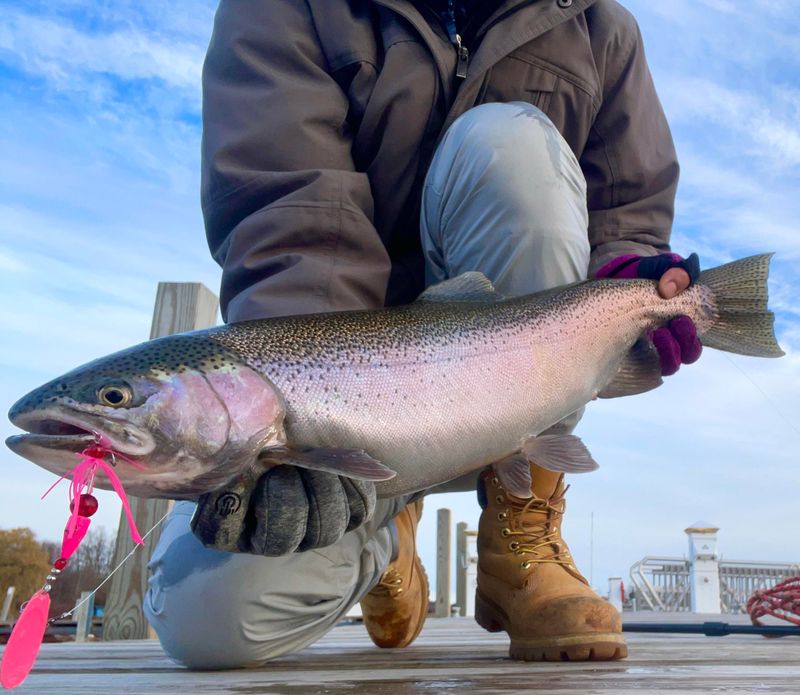
Rainbow Trout, with their shimmering scales and vibrant pink stripe, captivate anglers and nature enthusiasts alike. Originally native to the Pacific Ocean, they were introduced to the Great Lakes and have adapted well. Conservation efforts focused on habitat restoration have supported their populations. These fish are prized for their fighting ability and are a favorite among fly fishermen. Rainbow Trout are indicators of clean, healthy water systems. Their comeback is a reflection of successful environmental initiatives, ensuring these magnificent fish continue to thrive in the Great Lakes.
Muskellunge
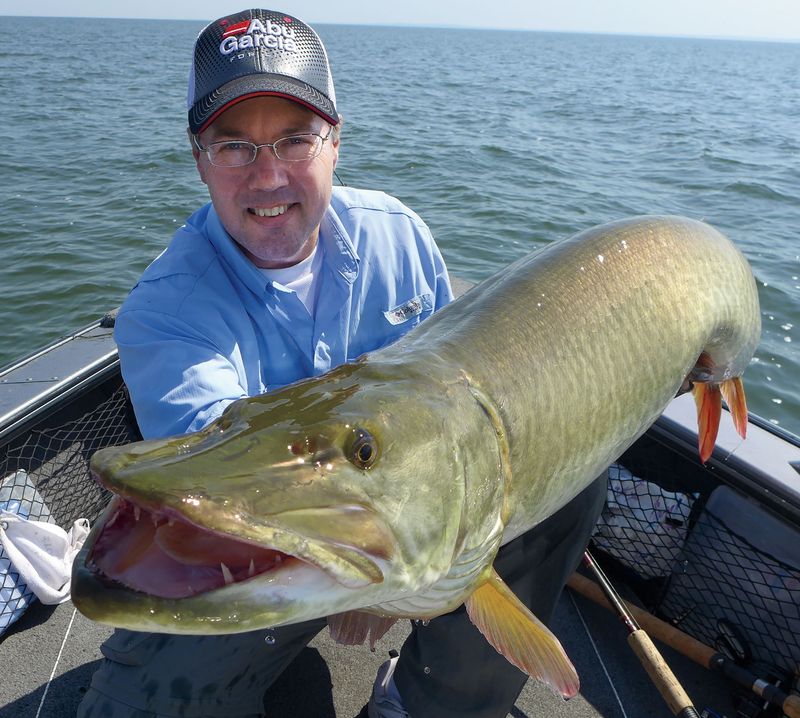
Muskellunge, often called “Muskie,” are the largest predatory fish in the Great Lakes. Known for their elusive nature, they are a coveted catch for anglers. Muskellunge populations were once in decline due to overfishing and habitat destruction. Conservation efforts, including stocking and habitat improvement, have spurred their recovery. These fish are apex predators, crucial for maintaining ecological balance. The return of Muskellunge signifies the success of targeted conservation plans, restoring both fish populations and the allure of sport fishing in the Great Lakes.
Channel Catfish
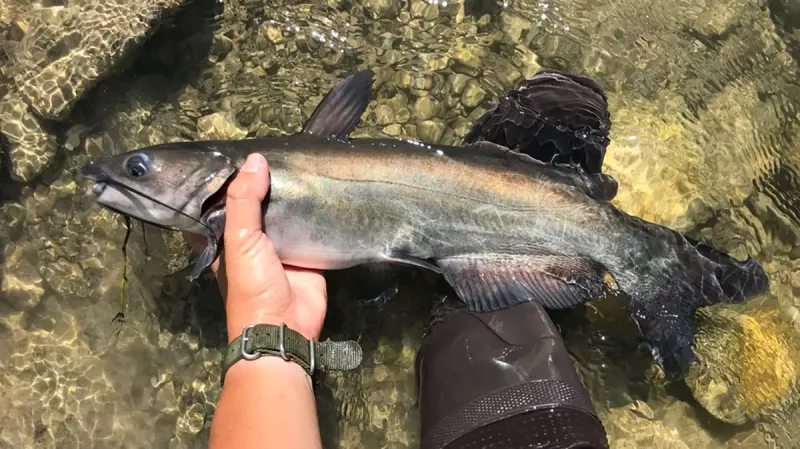
Channel Catfish are known for their distinctive whiskers and forked tails. These bottom-dwellers are making a comeback in the Great Lakes, thanks to improved water quality and habitat restoration. Channel Catfish play a vital role in the ecosystem by controlling prey populations. Anglers appreciate them for their size and unique taste, often catching them in the warmer months. Their resurgence highlights the importance of sustainable fishing practices and environmental stewardship. Channel Catfish are resilient survivors, reflecting the positive outcomes of ecological restoration efforts.
Whitefish
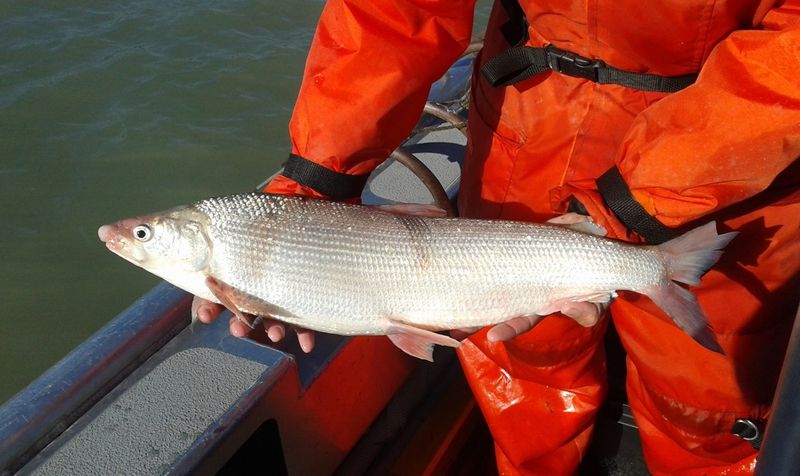
Whitefish, with their sleek bodies and silver sheen, are a cornerstone of the Great Lakes’ commercial fisheries. Historically important, their numbers dwindled due to overfishing and pollution. Recent conservation measures have led to a promising recovery. Whitefish are essential to the aquatic food chain, providing sustenance for larger fish species. Their resurgence is a testament to improved lake health and sustainable fishing initiatives. The return of Whitefish is celebrated by both commercial and recreational fishers, marking a positive shift in environmental management and awareness.
Largemouth Bass
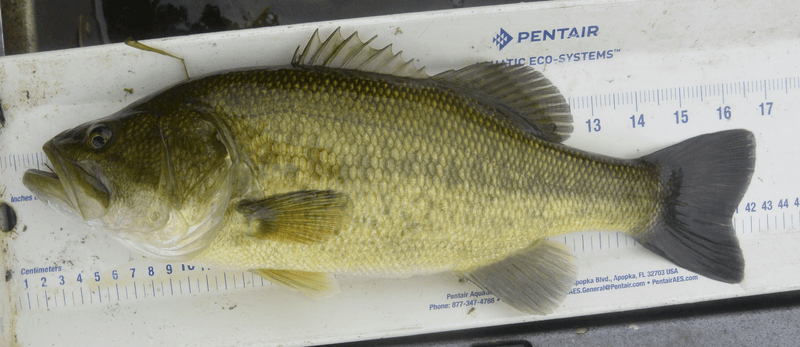
Largemouth Bass are celebrated for their aggressive behavior and are a favorite among sport anglers. Once in decline due to habitat loss, they are now making a comeback in the Great Lakes. These fish prefer warm, vegetated waters, thriving in restored habitats. Largemouth Bass contribute to the ecological balance, preying on smaller fish and amphibians. Their resurgence is a testament to effective habitat restoration and environmental policies. Anglers rejoice at their return, highlighting the success of conservation efforts aimed at rejuvenating aquatic ecosystems.
Burbot
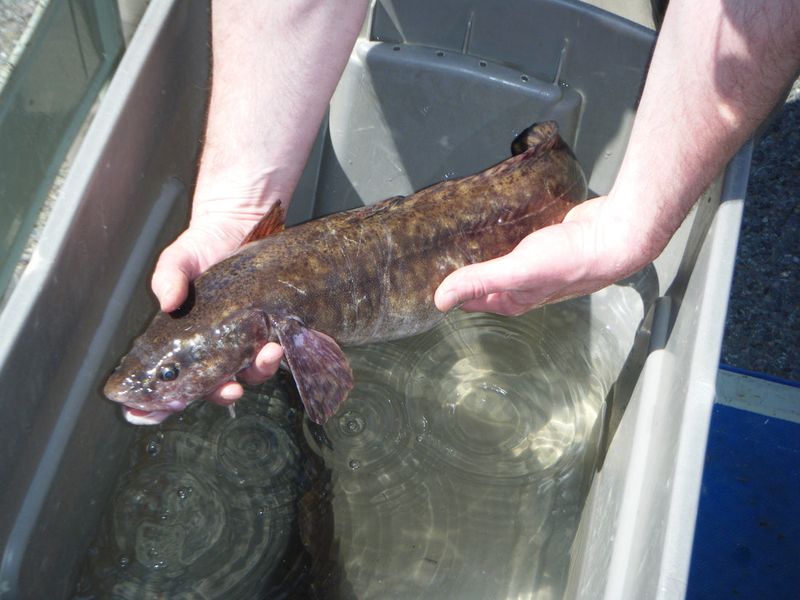
Burbot, often called “lawyers” or “eelpout,” are unusual fish with eel-like bodies. Once scarce, they are now returning to the Great Lakes. Burbot are cold-water species, thriving in deep, clear lakes. Their populations suffered from pollution and habitat changes but have rebounded thanks to improved water quality. These fish play a role in controlling prey populations and are a challenge for ice fishermen. Burbot symbolize the success of cold-water habitat restoration, offering a glimpse into the diverse aquatic life thriving in the rejuvenated Great Lakes.
Bluegill
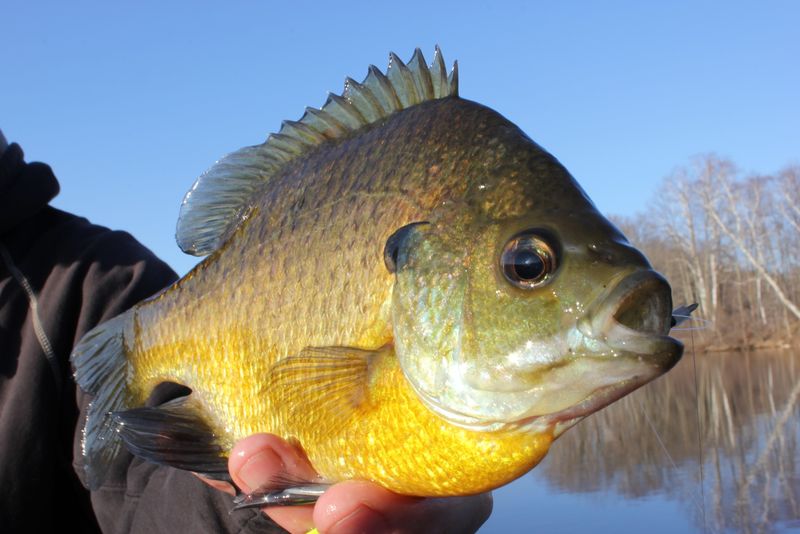
Bluegill are known for their round bodies and bright colors, making them a favorite among young anglers and nature enthusiasts. Once impacted by pollution and habitat loss, they are now thriving in the Great Lakes. Bluegill are important for maintaining the balance of aquatic ecosystems, feeding on insects and small aquatic creatures. Their comeback is a result of habitat restoration and improved water management. These resilient fish are symbols of successful community-driven conservation efforts, highlighting the importance of protecting natural habitats for future generations.

